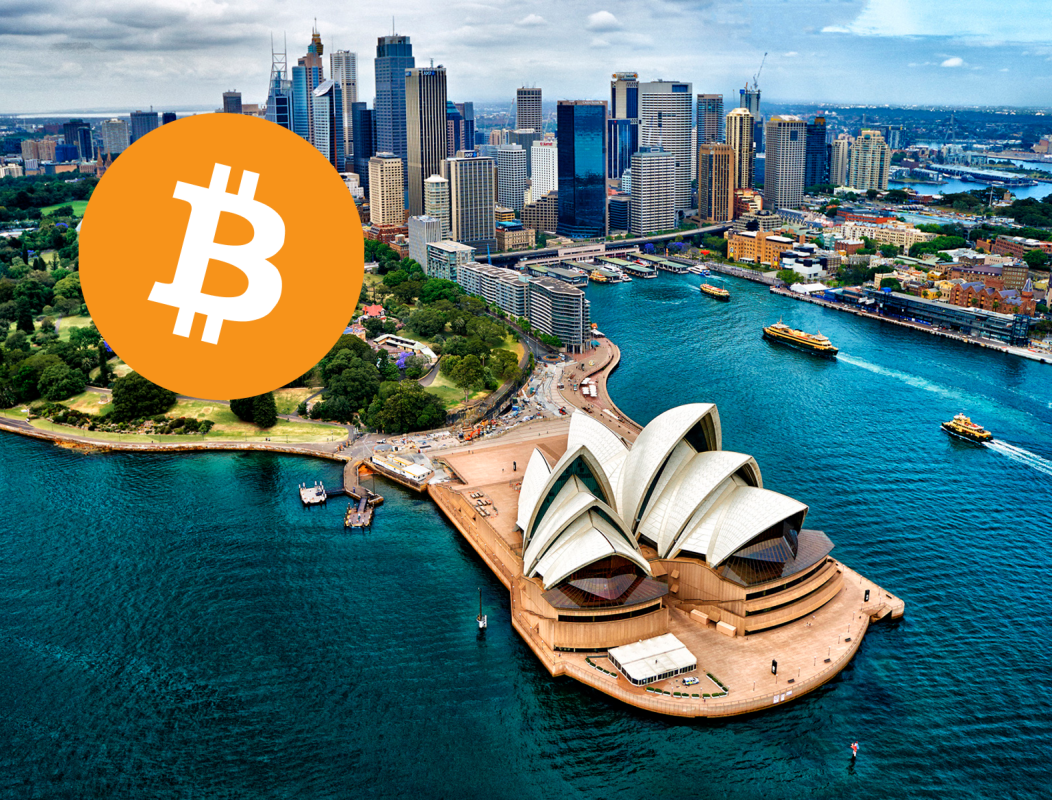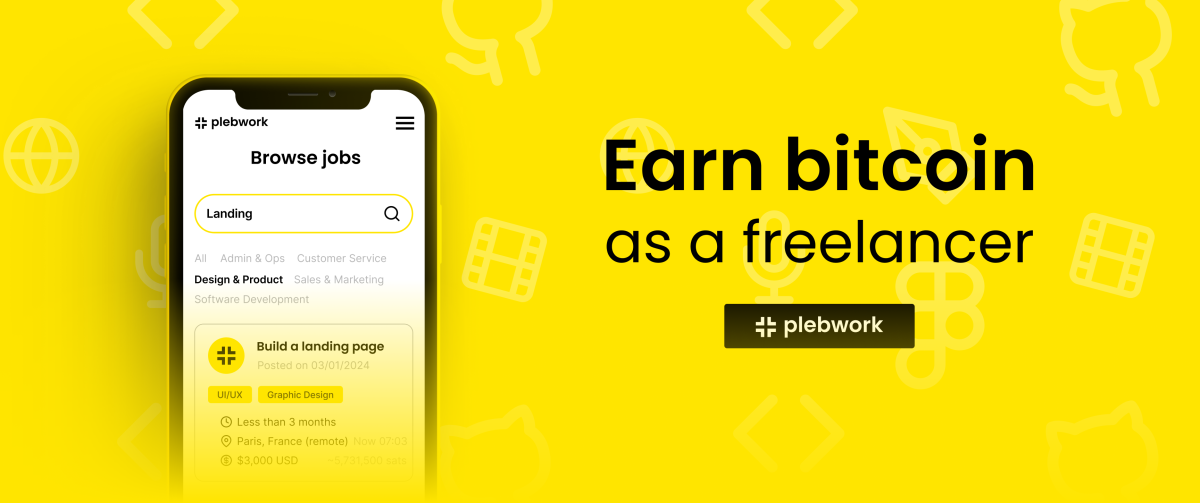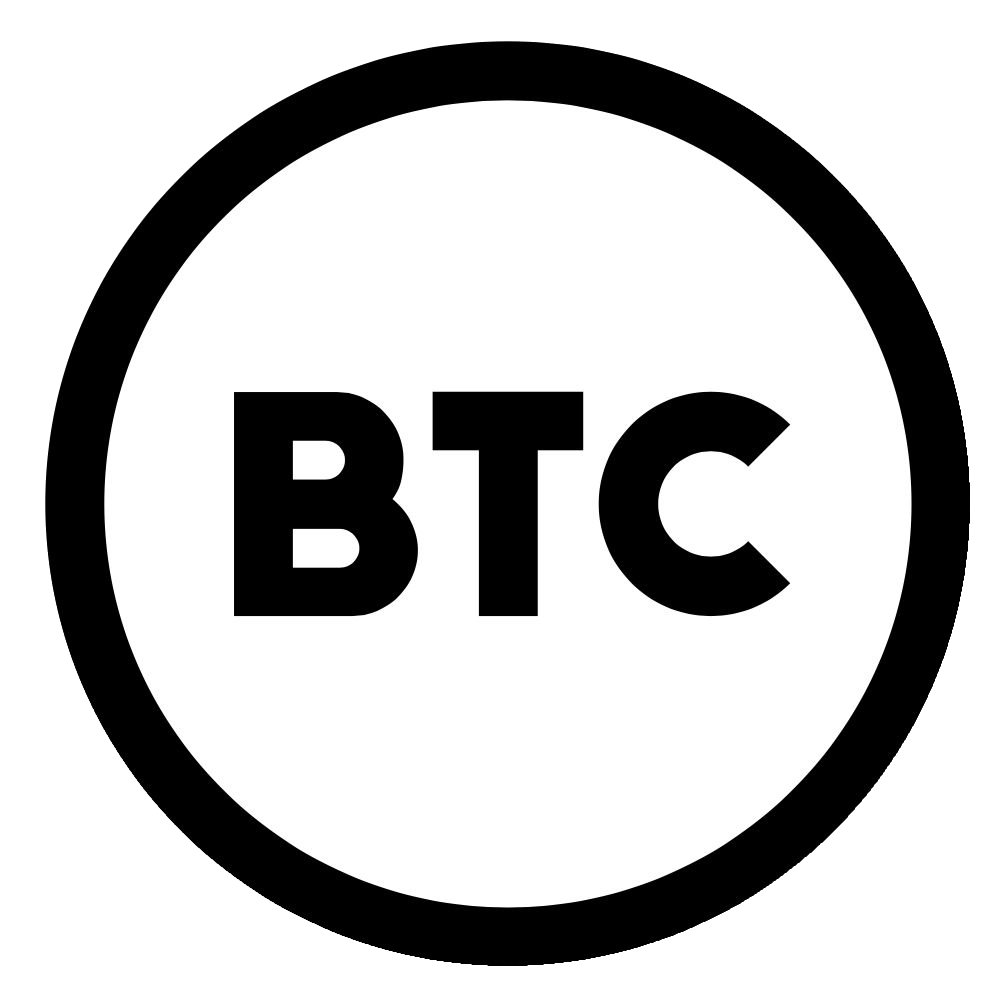Reflecting On The Year In Bitcoin: Our Progress And What We Take For Granted
The progress that the Bitcoin community made in 2021 reminds us to take nothing for granted, and to make the changes we want to see next year.
Society has been taking a lot of things for granted, and arguably this is why we’re here now. The globe is filled with overly-panicked populations, governments are conducting some of the most authoritarian overreach of our lives, inflation is rising, real interest rates are negative and supply chain problems are rampant. In all of this, too many have taken having nice things for granted.
We all could benefit from verifying the truth of claims, whether they relate to Bitcoin, the claims of technocrats and politicians, or whether the ground beneath us has shifted without us knowing.
Living in Australia was seen as a safe place where “it couldn’t happen here.” Despite the high taxes that afflict the nation, most ignore this given the high quality of living and the fact that taxes are often hidden: via pay-as-you-go income tax (PAYG) and the hidden inflation tax. Australians then proceeded to destroy hard-won freedoms with travel bans, lockdowns, restrictions and vaccine mandates. It’s only now that some Australians are starting to protest and demand their freedoms back in force — almost two years too late, but let’s see if the tide turns in the new year.
So, turning to Bitcoin, what else changed this year in and around Bitcoin?
El Salvador
We saw the first nation state legal tender adoption of bitcoin with El Salvador, though as a community that tolerates no-BS and is truth focused, we should aim to tell a fair and objective story about things happening.
It’s not that Salvadorans will all suddenly become hardened bitcoiners overnight, but rather that we hope the right pre-conditions are being laid down now. There are still challenges to be overcome, such as initial teething issues on the government Chivo wallet, Bitcoin education, internet connectivity issues and political issues from the opposition party in El Salvador.
But with all this said, I’m still generally optimistic about Bitcoin in El Salvador, having visited earlier this year for Adopting Bitcoin and LaBitConf. The Bitcoin bond could be an attractive option for bond investors who are otherwise sitting in negative-yielding bonds and it might offer an opportunity for bitcoiners who want to get Salvadoran residency with a pathway to Salvadoran citizenship in future. I believe other countries will follow El Salvador’s example in the years to come.
Lightning Network
The Lightning Network grew a lot this year with a lot more funds being placed into Lightning channels, many more Lightning nodes being spun up and various community and education efforts coming online.
For example, the creation of Lightning channel partner groups and advancement in tooling very much arrived this year with the likes of PlebNet, KYCJelly, amboss.space and so much more.
We now see around 3,300 BTC in public Lightning channels, and we know there’s really more than this if you count private/unannounced channel networks being operated between exchanges. There were improvements in tooling to run and manage Lightning nodes (e.g. Amboss), improvements in the retail customer UX for Lightning wallets such as LN-URL and Lightning address support growing (making it easy to send/receive payments without first manually creating invoices).
The creation and excitement around Lightning offers, aka BOLT-12 (as discussed on SLP298), is also promising, as this will make it even easier to create recurring payments on the Lightning Network, or use static QR codes enabling Lightning donations. Previously, having a static QR meant just using a single on-chain Bitcoin address to take donations, or using BIP47 stealth addresses, or it meant spinning up a BTCPay Server — which isn’t easy for a new user to do.
Taproot
This year we also got Taproot, Bitcoin’s biggest upgrade since SegWit in 2017. There was initially some drama about this, which seemed to be mainly driven by the PTSD from 2017. Thankfully though, there were community members who were not taking things for granted, and they were stepping up to either help write and review code, or provide tooling/projects that helped the community move forward.
For example, taprootactivation.com by Alejandro De La Torre (who appeared on SLP277) helped the community and developers see that the miners were broadly in support. Taproot.watch by Hampus Sjöberg helped the community broadly track the lock-in and activation process. And of course, the many Bitcoin Core contributors who contributed code, review time and discussion on the Taproot soft fork made it happen.
Taproot as an upgrade is difficult to accurately summarize in short sentences without getting very technical, but nevertheless: it will provide better “policy privacy” (not revealing all possible ways of spending coins upfront), it will make certain types of multisignature setups easier/better, and it will make the Lightning Network more private.
However, for these benefits to come to fruition, we still need development work on things like MuSig2, the Lightning Network specification and client implementations, and we’ll need software and hardware wallets to support the new functions and features.
Developers
The Bitcoin development world saw the continuation of various Bitcoin exchanges, companies and individuals carrying out sponsorship for Bitcoin Core contributors, as well as various efforts around sponsoring related Bitcoin and Lightning development. This included funding from organizations like Spiral (previously Square Crypto) for LDK, and various other projects, along with the likes of Blockstream, Chaincode Labs, MIT DCI, Human Rights Foundation and others.
Wallets
In the desktop wallet world, I’m personally most impressed by the likes of Sparrow Wallet and Specter Desktop. Sparrow Wallet in particular has implemented some excellent features that were not previously available on desktop wallets (being able to see basic chain analysis and script details), including some that are not available on any other wallet (e.g., being able to CoinJoin direct to cold storage).
Sparrow Wallet has become quite a formidable player in the world of desktop wallets because of it’s incredible all-rounder status at being able to operate as a standard single signature hot wallet, multisignature wallet and privacy wallet (with Whirlpool, STONEWALL, Soroban, PayNyms), all in one easy-to-use interface with easy defaults for new users. However, there is perhaps some trade off here as on the default setup, Sparrow users are calling out to a small set of semi-trusted Electrum servers (e.g., Blockstream’s and others) — where Specter desktop users are generally connecting through to their own node or spinning up their own pruned node as an easy default.
We are also seeing a large rise in the use of Whirlpool CoinJoin, with Whirlpool unspent capacity sitting around 4,000 BTC, up significantly from a year ago. It could be that Bitcoin privacy-preserving tools are finding their real product-market fit, especially now that Whirlpool is much more accessible with Sparrow Wallet for desktop users. Previously, to preserve Bitcoin privacy, it would have required that the user be more tech savvy and motivated to run their own full node and configure the tools. Privacy is becoming available, not necessarily for the masses, but at least for those motivated individuals who want it. I’m confident that there will be further Bitcoin application and protocol development to make it even more accessible.
Narratives
It has become commonplace among the developer and advocate community to “hold your own keys, and run your own bitcoin node,” however this still takes work and focus to teach to newcomers. Newcomers to the space tend to think of bitcoin as just a token they can hold on their brokerage terminal or exchange, without really putting in the work to use it in a more self-sovereign way. So, this brings us back to the theme of taking things for granted.
When the newcomer goes to withdraw those coins from the exchange, will they really be there? Will the exchange honor that withdrawal request? Or perhaps there will be some AML stop or compliance check placed on the user before they are permitted to receive their own coins?
The idea of setting up your regular bitcoin savings plan (colloquially, DCA for “dollar-cost averaging” — though DCA is not quite precise) has also been more popularized in the community. For me, this doesn’t necessarily mean purchasing, it can equally also mean regularly accumulating via bitcoin mining, or you can earn sats by selling products and services for bitcoin.
My discussion with Hass McCook in July helped make clear the moral imperative behind regular accumulation of bitcoin to hasten the process of hyperbitcoinization.
We’ve seen steady growth in the Bitcoin meetup and conference scene, despite the Hysteria-19 restrictions. This generally comes along with the rise in the price, but I have really enjoyed getting around to the different Bitcoin conferences in the second half of this year and seen solid growth in the Bitcoiner community. These in-person conferences (such as BitBlockBoom, TABConf and Bitcoin 2021, to name a few) and events provide invaluable opportunities to meet other like-minded individuals, and also put faces to names that you might have seen on Twitter, heard on podcasts, or otherwise used their products, software or read their writing.
Bitcoin Mining
China has traditionally banned Bitcoin every few weeks, and the Bitcoin community has typically been savvy to see that this didn’t really change much — yet another thing we all took for granted. But this year, this time, it really was different, the Chinese government seemed a lot more serious with the “China Bans Bitcoin” idea, and as a result we saw a generational shift happen in the industry with mining equipment moving out of China and heading abroad to more welcoming turf.
It seems that much of the mining hash rate has moved to the U.S., Kazakhstan and various other countries around the world. Nevertheless, it is incredible that about 50% of the network in terms of mining hash power had to come offline (from around 180 exahashes per second (EH/s) down below 90 EH/s at the bottom in July 2021 only to reclaim the hash rate all-time high in December 2021). Bear in mind, we are talking about hundreds of thousands of ASICs being shifted here.
As the bull run continued this year, we also saw a renewed interest in mining at home, as well as big expansion in publicly-listed miners. The dynamic with publicly-listed miners also seems to be that where previously they were selling coins down to pay for operating expenses and capital expenses (like buying new mining rigs), they are now able to tap debt capital markets and borrow against their coins. This magnifies their profitability and ability to scale dramatically.
Given semiconductor supply chain shortages, the creation of new mining rigs is somewhat bottlenecked, which has effectively slowed the growth of the network hash rate. This, combined with the bull run in price may mean that older machines remain viable for longer than otherwise would be the case. And new mining rigs being made now may just have longer effective lives. Meanwhile, we are seeing sovereign mining operations such as El Salvador’s and potentially others in operation that are not as public.
What I’m Looking To See In 2022
I’m hoping to see more community building with meetups and conferences to continue growing the scene and provide opportunities for education, networking and camaraderie. After missing out on Bitcoin 2021, I’m especially looking forward to Bitcoin 2022!
I’d love to see more growth in the open-source tooling that helps bitcoiners secure their coins (e.g., multisig software and hardware tech), spend/receive coins (e.g. Lightning) and be more private (e.g., CoinJoin and other privacy techniques). Maybe we’ll see more anonymous Bitcoin Core contributors as a means of protection from lawsuits. And maybe we’ll see further growth in the financial services products and services that enable HODLers to keep on HODLing e.g., fiat loans and credit cards with bitcoin collateral.
And of course, the continual shift from the idea that bitcoin is and “investment,” in favor of the idea that you use bitcoin as savings.
The world can look bleak from a freedom lover’s perspective, but I believe the best is yet to come with Bitcoin. The parasites of society won’t be able to sustain their funding and draconian regimes if Bitcoin development and adoption continues for the longer term. Take this as a call to action to start your own project in the space (or contribute to an existing one) that helps build, educate or communicate. If there’s something you want to see in the Bitcoin space, don’t take it for granted that someone else will do it. Take it on yourself to go out there and build it or do it. Let’s not get complacent, let’s instead be a community of self-starters who get it done. I’ll see you in the citadels.
This is a guest post by Stephan Livera. Opinions expressed are entirely their own and do not necessarily reflect those of BTC Inc or Bitcoin Magazine.









